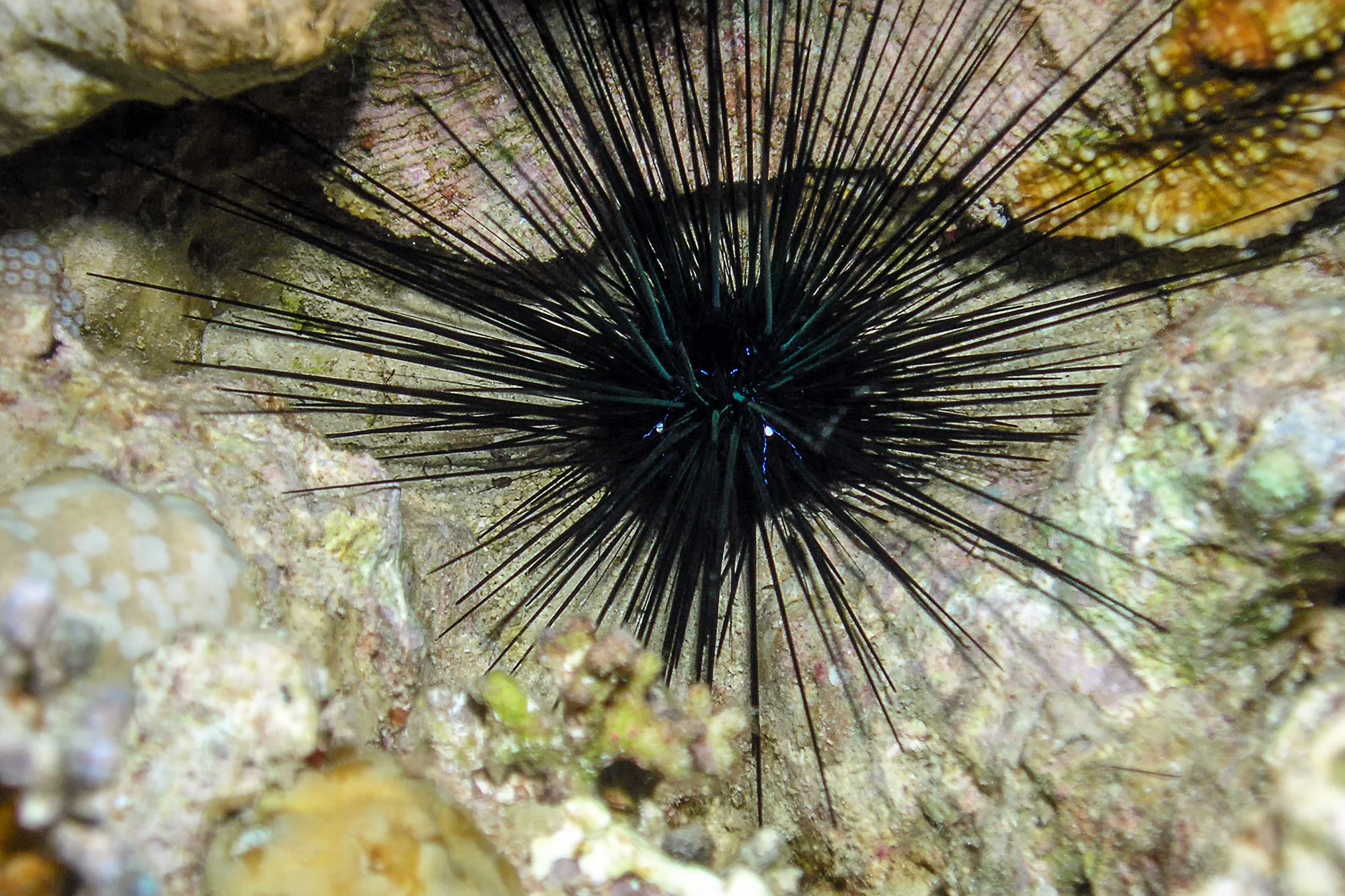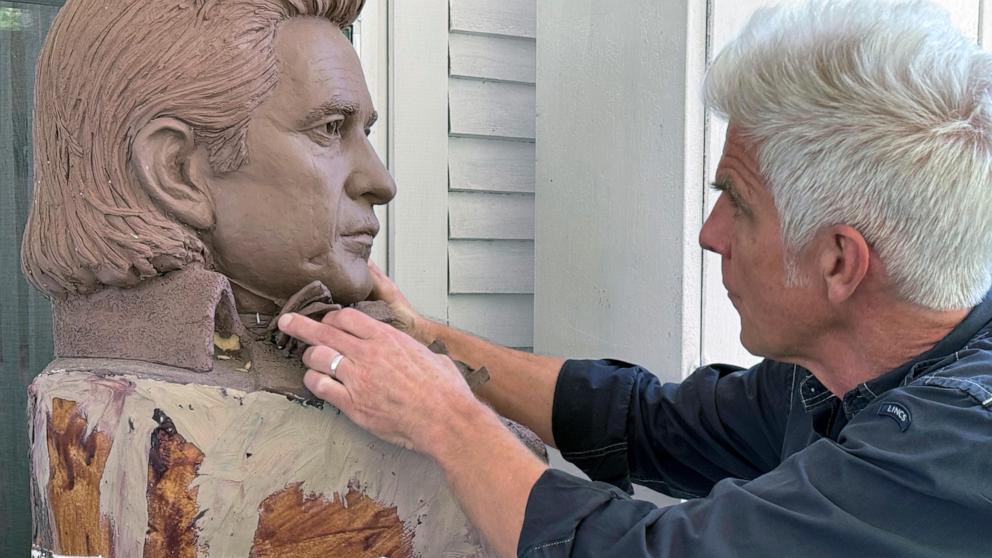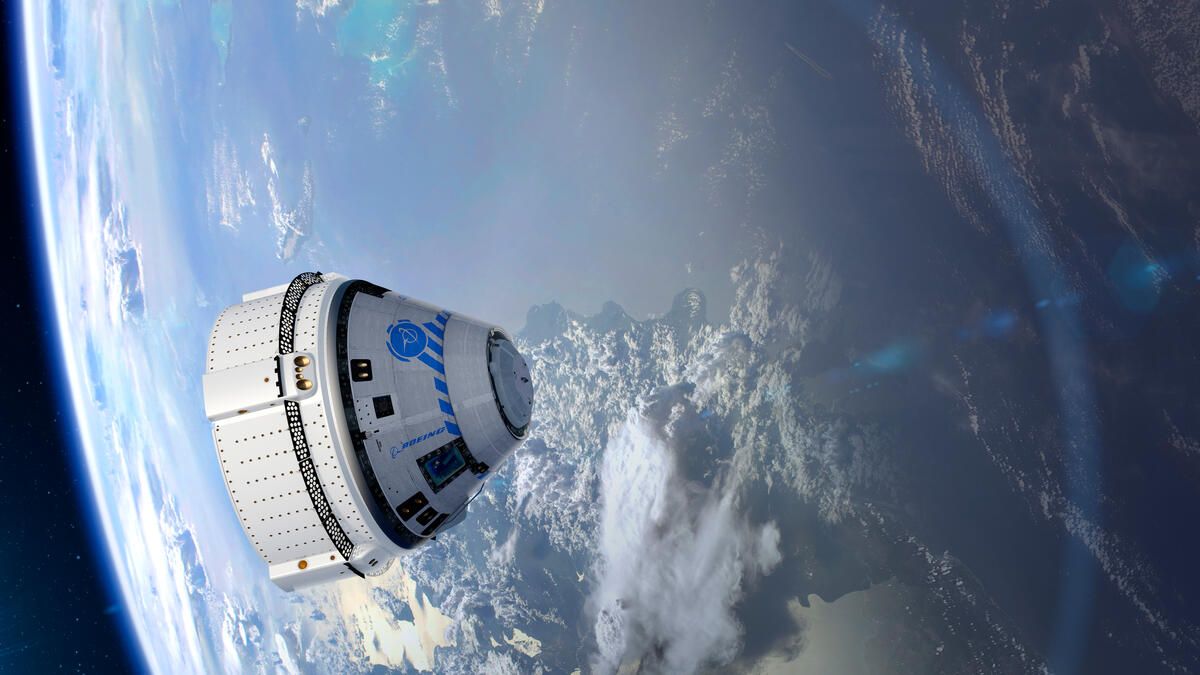
Tek hücreli bir organizma olan scuticociliate, 2022’de Karayipler’de ve Florida’nın doğu kıyılarında uzun dikenli deniz kestanelerinin toplu ölümüne neden oldu. Bu kestaneler, mercan resiflerinin sağlığı için çok önemlidir ve keşif, siliatların varlığı, büyüme koşulları ve diğer türler üzerindeki potansiyel etkileri hakkında soruları gündeme getirmektedir. Uzun, dikenli deniz kestanesinin (Diadema antillarum) fotoğrafı.
Uzun dikenli deniz kestanesinin toplu ölümüne – Karayipler’den Florida’nın doğu kıyısına kadar mercan resiflerinin sağlığını tehdit eden bir kayıp – siliat adı verilen tek hücreli bir organizma neden oldu.
Karayipler’de ve Florida’nın doğu kıyılarında uzun dikenli deniz kestanelerini yok eden katil avı 2022’de sona erdi. Güney Florida Üniversitesi Deniz Bilimleri Fakültesi’nde Seçkin Üniversite Profesörü olan Mia Breitbart tarafından organize edilen bir araştırma ekibi, mercan resifi sağlığı için hayati önem taşıyan bir deniz hayvanının toplu ölümüne neden olan siliyer adı verilen tek hücreli bir organizmayı belirledi.
Bulguları Nature dergisinde 19 Nisan’da yayınlandı.
Ciliate culture viewed under the microscope. Credit: Mya Breitbart USF College of Marine Science
“We’re beyond thrilled to get to the bottom of the 2022 mystery and a bit stunned we did it so quickly,” said Breitbart, senior author on the Science Advances study and an expert in marine genomics. “We had a great team in place and the tools needed to do the ocean science equivalent of a forensic investigation.”
Ciliates are microscopic organisms covered in hair-like structures called cilia that help them move and eat. They are found almost anywhere there is water and most are not disease-causing agents. However, this specific species of ciliate – called a scuticociliate – has been implicated in die-offs of other marine species, such as sharks, in the past.

Photo compilation showing the same sea urchin before and after infection with the ciliate in the USF aquarium research facility. Credit: Makenzie Kerr USF College of Marine Science
Examining urchins collected from 23 sites in the Caribbean, the research team used a series of techniques to confirm the source of the die-off event.
After identifying the ciliate in every affected urchin specimen using genomic techniques, the team grew ciliates in the lab and performed infection experiments at the USF College of Marine Science. When the pathogen was introduced to otherwise healthy urchins in an aquarium tank, the urchins died within a few days – replicating what was taking place in the ocean and confirming the ciliate as the disease source.

DaSc-affected sea urchin, Aruba, August 2022. Credit: Ian Hewson Cornell University
“We’re excited to share this information with everyone, from reef managers to additional scientists so we can explore it further and try to stop its spread,” Breitbart said.

Mya Breitbart (USF) viewing the ciliate culture by microscopy. Credit: Makenzie Kerr USF College of Marine Science
The long-spined sea urchins inhabit shallow tropical waters and feed on algae that would otherwise destroy a reef. They began to lose their spines within days of contracting an unknown disease and died in droves starting in January 2022.
A similar die-off event took place in the early 1980s, which wiped out 98 percent of the long-spined sea urchin population. The culprit of that die-off remains a mystery.
Breitbart first got the call about the unfolding die-off at the end of March 2022. She immediately assembled a team consisting of Ian Hewson, lead author on the publication and a marine ecologist at Cornell University; Christina Kellogg, a microbiologist from the U.S. Geological Survey in St. Petersburg, Fla. who has worked extensively on coral reef diseases; and USF graduate student Isabella Ritchie.
“At the time, we didn’t know if this die-off was caused by pollution, stress, something else – we just didn’t know,” said Hewson, an expert in diseases that cause mass die-offs of sea stars, who flew from New York to the Caribbean Islands to observe the situation.
Even with the source of the mysterious die-off uncovered, questions still remain. For example:
- Is this ciliate new to the area, or was it there prior to the die-off?
- If it has been there, what environmental conditions favored its growth and why did it infect the urchins?
- Can it affect other species of urchins?
Kellogg, “Elimizdeki bir teori, siliatın Karayipler’de ilk solmaya başladığında gözlemlenen yüksek üretkenlik koşulları altında iyi büyüdüğüdür.” Dedi. “Ayrıca, bu yok oluşun meydana geldiği bazı coğrafi bölgelerde ve taş mercan dokusu kaybı hastalığı nedeniyle mercan resiflerinin azaldığı bazı coğrafi bölgelerde bir miktar örtüşme olduğu gerçeğini de merak ediyoruz.”
Referans: “Scuticosilat Ajanı, Karayip Denizi’nde Diadema Antillarum’un Kitlesel Ölümüne Neden Olur” Yazan Ian Hewson, Isabella T Ritchie, James S Evans, Ashley Alterra, Donald Berenger, Irene Bowman, Marilyn Brandt, Kayla A. Budd ve Rolio A. Camacho, Thomas O. Cornwell, Peter D. Kimani A. Kitson-Walters, Patricia Kramer, Judith C.Lang, Harilaos Lessios, Lauren Liddy, David Marancik, Stephen Nimrod, Joshua T. Patterson, Marit Pistor, Isabel C. Romero, Rita Sellares-Blasco, Moriah LB Sevier, William Sharp, Matthew Souza, Andrina Valdez-Trinidad, Maren van der Laan, Brian Villanova-Cuevas, Maria Villalpando, Sarah de Von Huene, Matthew Warham, Tom Weyers, Stacy M. Yanong, Soumira Zambrano, Alise Zimmerman, Mia Breitbart 19 Nisan 2023 Buradan ulaşabilirsiniz. Bilim ilerlemeleri.
DOI: 10.1126/sciadv.adg3200
Araştırma, Ulusal Bilim Vakfı, Sürdürülebilir Gelecekler için Atkinson Hızlı Müdahale Merkezi, AGGRA, Ulusal Okyanus ve Atmosfer İdaresi, Ulusal Balık ve Yaban Hayatı Vakfı, Florida Keys Deniz Koruma Alanı ve Florida Balık ve Yaban Hayatı Komisyonu tarafından finanse edildi.

“Analist. Tutkulu zombi gurusu. Twitter uygulayıcısı. İnternet fanatiği. Dost pastırma hayranı.”






More Stories
Boeing’in Starliner’ı, bugün ilk astronotunun fırlatılmasıyla özel uzay aracı kulübüne katılacak
Starliner: NASA, Boeing’in yeni uzay aracını Uluslararası Uzay İstasyonu’na uçuracak
Boeing’in uzun zamandır beklenen Starliner’ı Uluslararası Uzay İstasyonu’na ilk test uçuşuna hazır